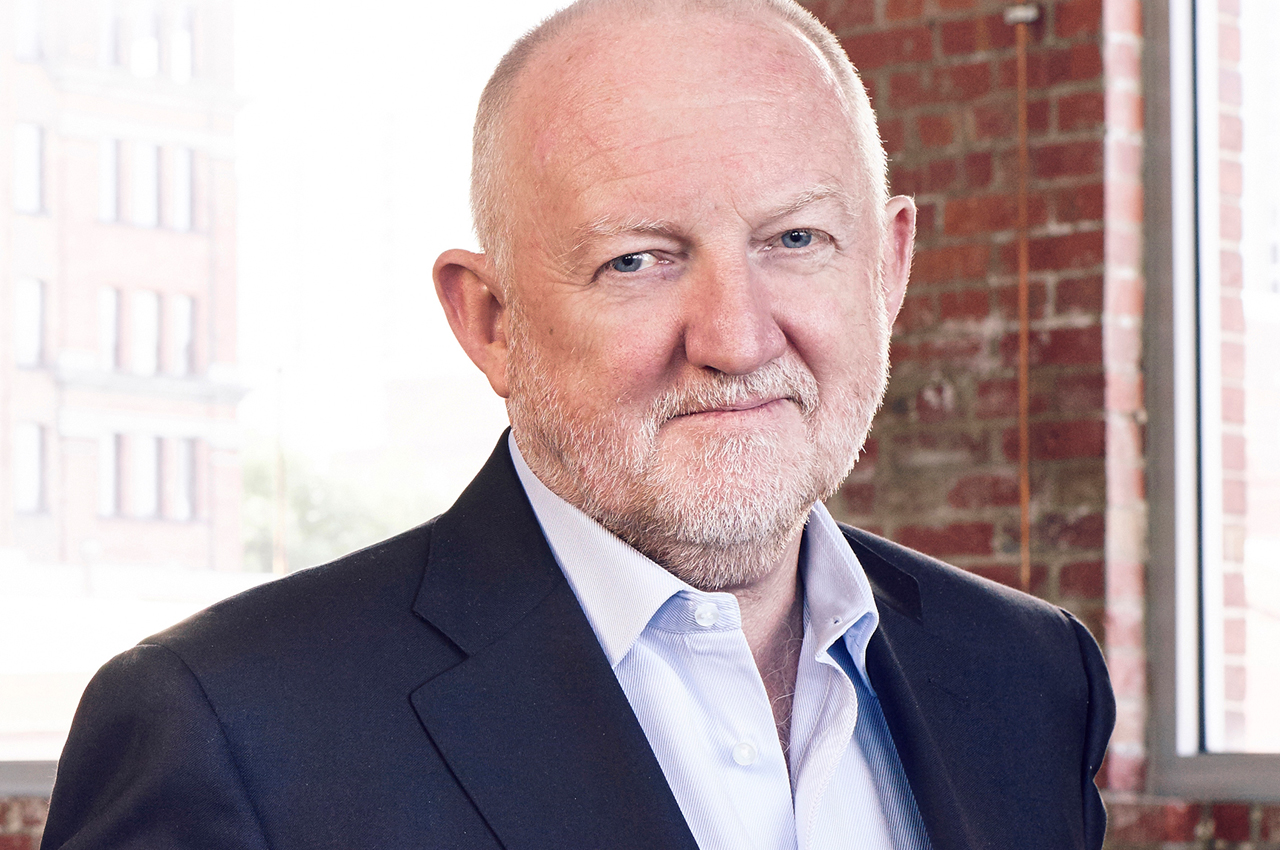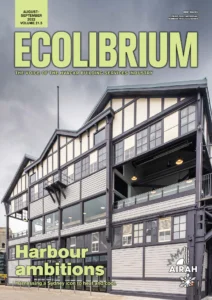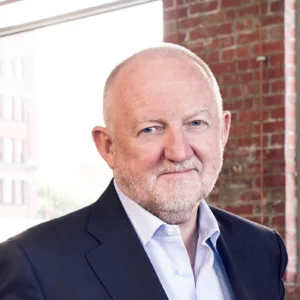
ARBS chair Professor Tony Arnel talks us through four consumer trends and what they mean for the future of the office.
If we expect personalisation when we purchase a pair of shoes and demand a seamless experience when ordering a pizza, why would we expect anything less from our office?
The pandemic has changed consumer behaviour forever. McKinsey estimates that the Covid-19 crisis accelerated the uptake of e-commerce by three to four years. As people spend more time online, their expectations of the offline experience are changing too.
Building owners looking for ways to lure people back to the office now understand analogue assets are not fit for purpose in a digital world. The HVAC&R industry is helping building owners to embrace technology at speed, and to create comfortable, personalised spaces. Here’s how.
“The end goal – where my building knows my preferences for everything from air temperature to coffee order – is still some years off”
Trend 1: Hyper-personalisation
Just as consumer brands use artificial intelligence, predictive analytics and real-time customer data to share relevant products, services and content to each individual customer, so too hyper-personalisation is transforming how people interact with their workspaces.
The end goal – where my building knows my preferences for everything from air temperature to coffee order – is still some years off. But smart environmental monitoring systems, Internet of Things sensors and machine learning can already make air quality predictions in real time to improve the indoor environment quality of office buildings.
Trend 2: Immersion
Consumer brands are now playing with technologies like virtual and augmented reality to give their customers immersive experiences. Customers can try everything from clothing to couches to cosmetics before they buy. This is not just about novelty – it also strengthens connections between brands and their customers. In the workplace, Zoom doom can be avoided with VR and AR meeting tools that deliver enriched meeting experiences.
“Zoom doom can be avoided with VR and AR meeting tools that deliver enriched meeting experiences”
Trend 3: Disintermediation
The direct-to-consumer trend means bypassing traditional intermediaries in the supply chain –retailers, wholesalers, distributors and advertisers – to connect directly with the end consumer. In the commercial office market, the secret to building-to-consumer connections is literally in the palm of our hands.
Tenant apps are a convenient tool that give occupants the power to engage with their building with the click of a button, and also provide landlords with a direct route to their customers.
Trend 4: Conscious consumption
Consumers are sold on sustainability and are looking to reward consumer brands with their wallets. Sustainability is now in the top three purchasing criteria for Asia–Pacific consumers – behind health and quality – according to large-scale research recently released by Bain and Company. For the commercial office market, stock-in-trade star ratings will no longer be enough to satisfy building occupants. Landlords make a swift transition towards net zero emissions and towards building practices that are better for the planet, and for people too.
Professor Tony Arnel is chairman of the board of ARBS, which will be held in Melbourne from August 16–18. ARBS 2022 has a focus on emerging trends and technologies.

This article appears in Ecolibrium’s August-September 2022 edition
View the archive of previous editions
Latest edition
See everything from the latest edition of Ecolibrium, AIRAH’s official journal.





